Understanding GDPR Compliance
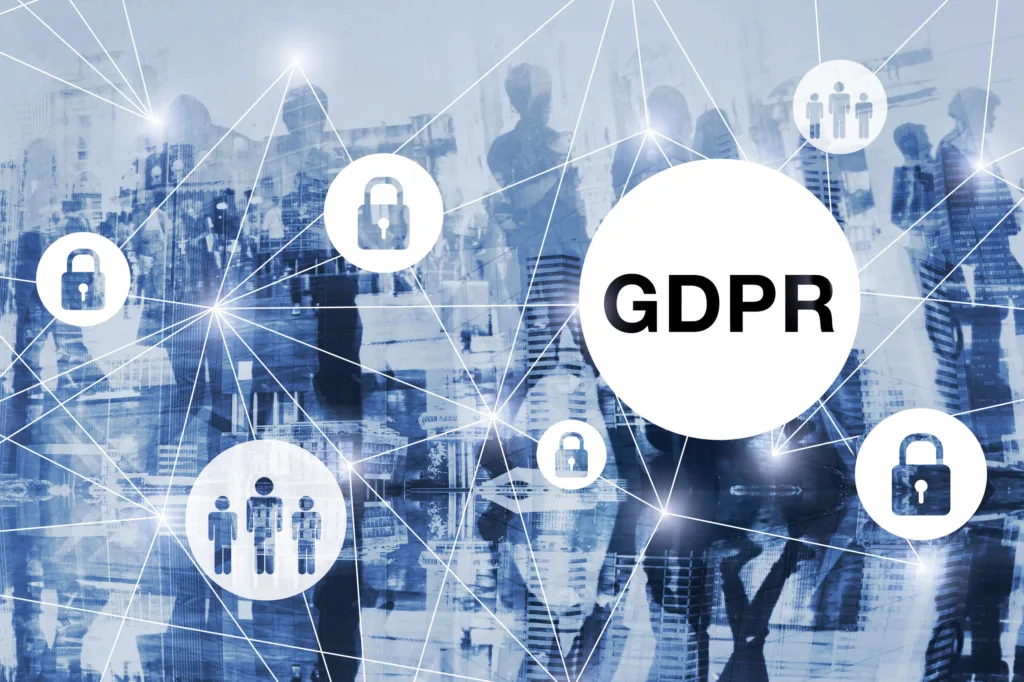
GDPR (General Data Protection Regulation) is a regulation put in place by the European Union to protect the data and privacy of individuals. It sets guidelines for how businesses should handle and protect the personal data of EU citizens.
To ensure GDPR compliance, businesses must adhere to certain requirements, including:
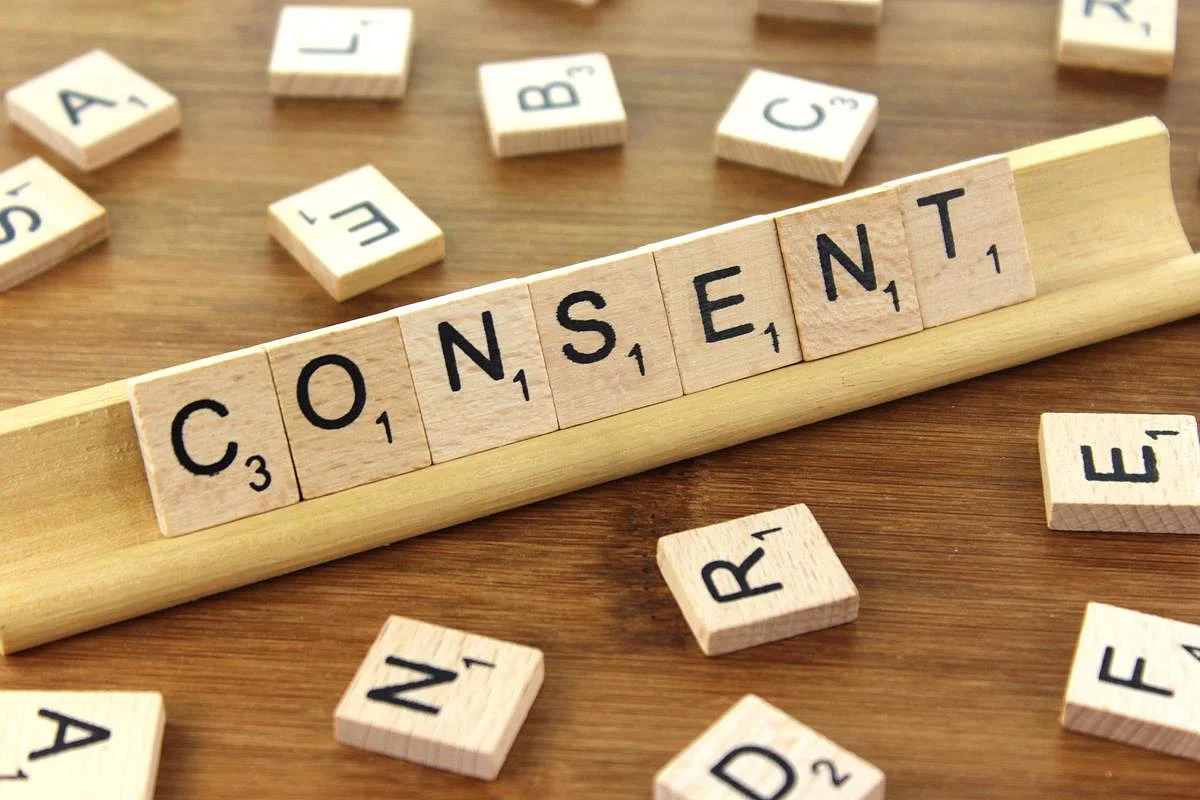
1. Consent:
Businesses must obtain clear and explicit consent from individuals before collecting their personal data. This consent should be freely given, specific, informed, and unambiguous.
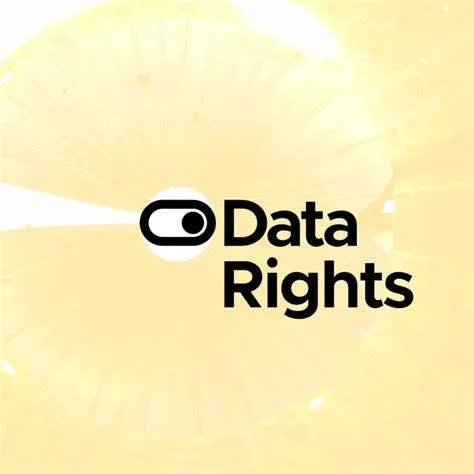
2. Data rights:
Individuals have the right to access, correct, delete, and transfer their personal data. Businesses must have processes in place to fulfill these requests in a timely manner.

3. Data protection:
Businesses must take appropriate measures to secure the personal data they collect, including encryption, access controls, and regular security audits.

4. Data breach notification:
If a data breach occurs, businesses must notify the relevant authorities and affected individuals within 72 hours of becoming aware of the breach.
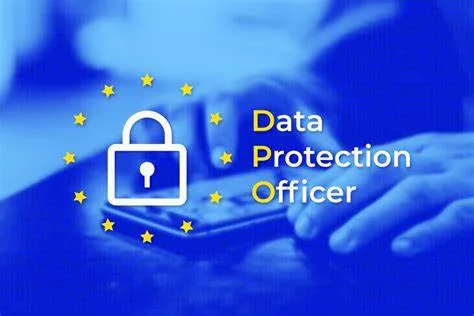
5. Data protection officers:
Some businesses may be required to appoint a data protection officer to oversee GDPR compliance efforts.

6. Data processing agreements:
Businesses that use third-party processors to handle personal data must have data processing agreements in place to ensure those processors comply with GDPR requirements.
How to Achieve GDPR Compliance?
Achieving GDPR compliance involves following several key steps and implementing various measures to protect the personal data of users and ensure compliance with the regulations. Here are some key steps to achieve GDPR compliance:
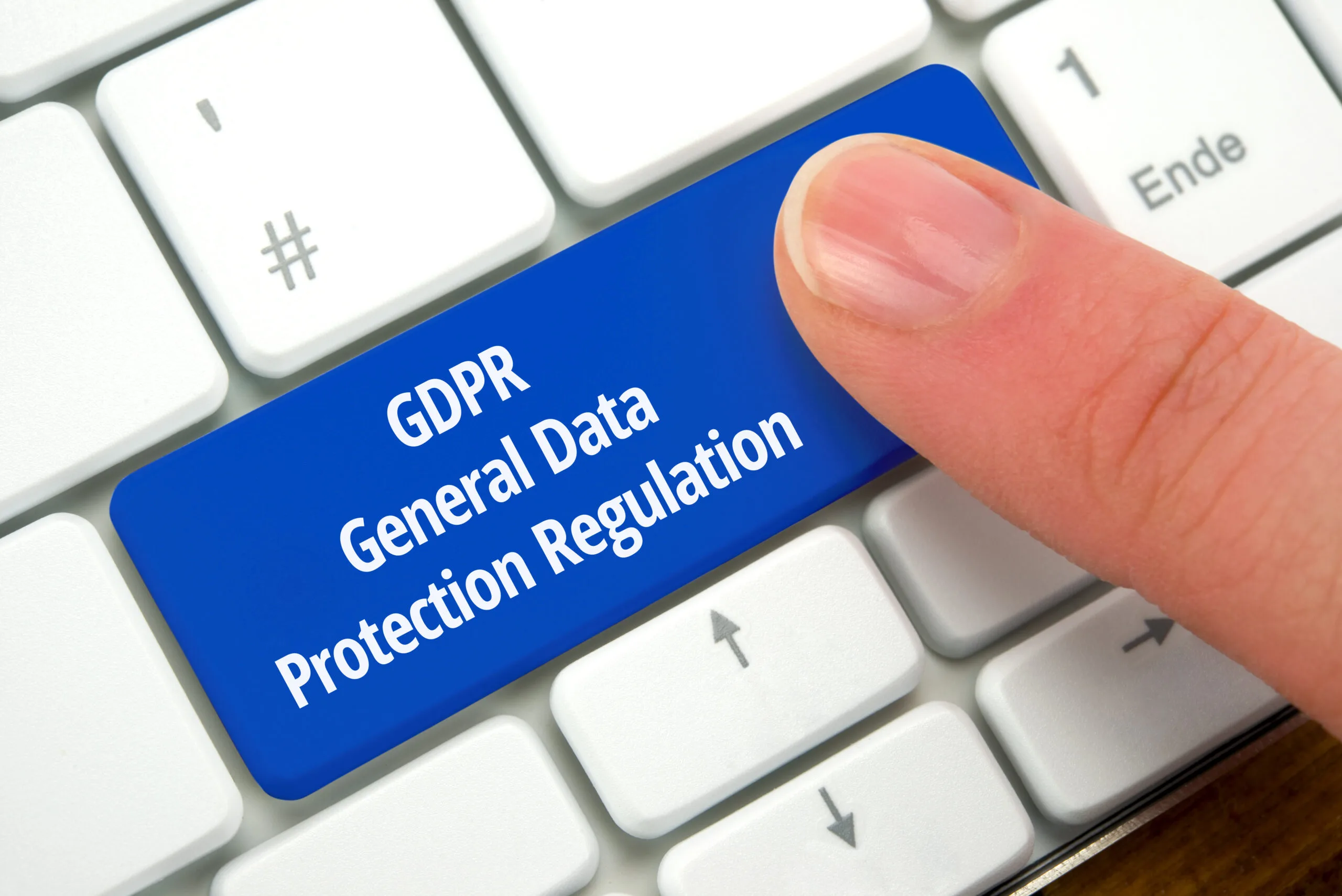
1. Understand GDPR requirements:
Start by familiarizing yourself with the GDPR regulations and the principles outlined in the legislation. Understand what personal data is, how it should be processed, and what rights individuals have under the GDPR..

2. Conduct a data audit:
Identify all the personal data your organization collects, processes, and stores. This includes data collected from customers, employees, vendors, and other stakeholders. Ensure that you have a clear understanding of where this data is located, who has access to it, and how it is being used.

3. Implement data protection measures:
Put in place appropriate security measures to protect personal data, such as encryption, access controls, and data minimization. Implement data protection impact assessments to identify and mitigate any risks associated with data processing activities.

4. Obtain consent for data processing:
Obtain explicit consent from individuals before collecting and processing their personal data. Make sure that individuals are informed about how their data will be used, who will have access to it, and for how long it will be retained.

5. Implement data subject rights:
Ensure that individuals are able to exercise their rights under the GDPR, such as the right to access, rectify, and erase their personal data. Have processes in place to respond to data subject requests in a timely manner.

6. Train your staff:
Educate your employees about GDPR requirements and their responsibilities in handling personal data. Provide regular training to ensure that all staff members are aware of their obligations under the regulations.

7. Monitor and audit compliance
Regularly review your data processing activities to ensure compliance with GDPR requirements. Conduct internal audits and assessments to identify any areas of non-compliance and take corrective actions to address any issues.
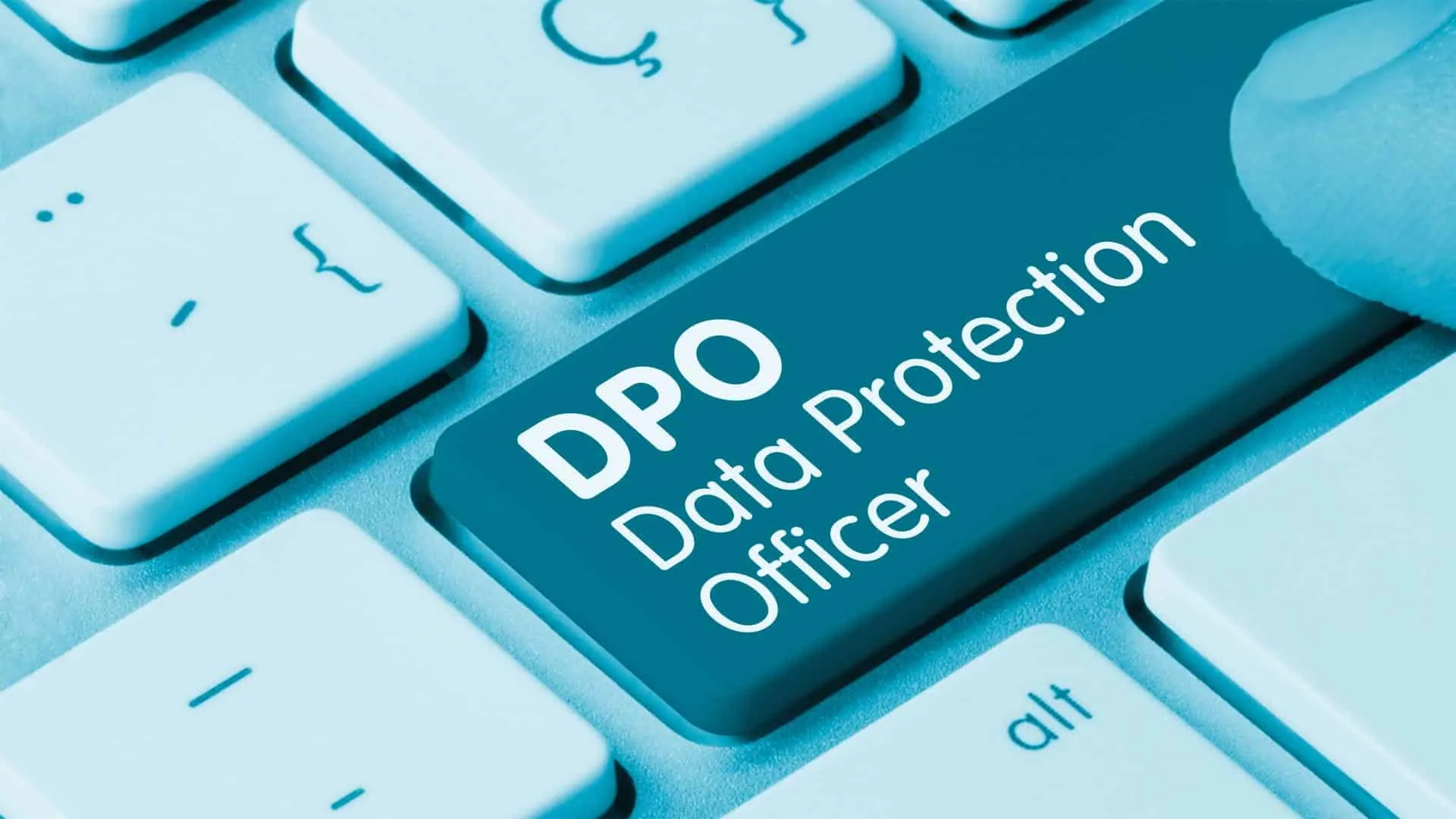
8. Designate a Data Protection Officer (DPO):
Appoint a DPO to oversee GDPR compliance within your organization. The DPO should have expertise in data protection and be responsible for ensuring that data processing activities comply with the GDPR.

9. Establish a breach response plan:
Develop a data breach response plan to address any security incidents that may occur. This should include procedures for detecting, reporting, and mitigating data breaches, as well as notifying the appropriate authorities and affected individuals..

10. Review and update policies:
Regularly review and update your data protection policies and procedures to ensure that they remain up-to-date with the latest GDPR requirements. Stay informed about any changes in the regulations and adjust your practices accordingly.
FAQ
1. What is GDPR compliance and why is it important?
GDPR compliance refers to following the regulations outlined in the General Data Protection Regulation (GDPR) to ensure the protection of personal data. It is important as it helps organizations safeguard individuals’ privacy rights and avoid penalties for non-compliance.
2. What are the essential steps for GDPR compliance in 2024?
The essential steps for GDPR compliance in 2024 include conducting a data protection impact assessment, ensuring data processing activities comply with GDPR requirements, appointing a data protection officer, and maintaining a comprehensive record of processing activities.
3. How can I ensure my organization is GDPR compliant?
To ensure your organization is GDPR compliant, you should implement privacy by design principles, provide data protection training to staff, regularly review and update data protection policies, and conduct regular audits to assess compliance.
4. What are the consequences of non-compliance with GDPR?
Non-compliance with GDPR can result in fines, reputational damage, data breaches, and legal actions by data protection authorities. It is crucial for organizations to take GDPR compliance seriously to avoid these consequences.
5. How does GDPR impact the transfer of data outside the EU?
GDPR imposes restrictions on the transfer of personal data outside the EU to ensure that data protection standards are maintained. Organizations must implement adequate safeguards when transferring data to countries outside the EU.
6. What rights do data subjects have under GDPR?
Data subjects have rights such as the right to access their personal data, the right to rectification, the right to erasure (also known as the right to be forgotten), and the right to data portability under GDPR.
7.The importance of GDPR Compliance
GDPR compliance is crucial for organizations handling personal data of individuals within the EU. The General Data Protection Regulation (GDPR) sets guidelines for data protection and privacy, ensuring the rights of data subjects are safeguarded.
8.Key Steps for GDPR Compliance
Understanding the ultimate guide to GDPR compliance is essential for organizations. It involves data processing activities, conducting data protection impact assessments, and ensuring compliance with GDPR requirements.
9.GDPR Compliance Checklist
A GDPR compliance checklist helps organizations adhere to the privacy law by ensuring proper data collection, data mapping, and safeguards against data breaches. It also includes appointing a data protection officer.
10.Penalties for Non-Compliance
Failing to comply with GDPR can result in fines and data protection impacts. Organizations must take data protection seriously to avoid the consequences of non-compliance.
11.EU GDPR Requirements
The EU General Data Protection Regulation outlines important principles that organizations must follow regarding the processing of personal data. This includes respecting data subject rights and maintaining records of processing activities.
12.Best Practices for Data Protection
Implementing privacy by design and following best practices are key to becoming GDPR compliant. Organizations should continuously monitor and improve their data protection standards.










